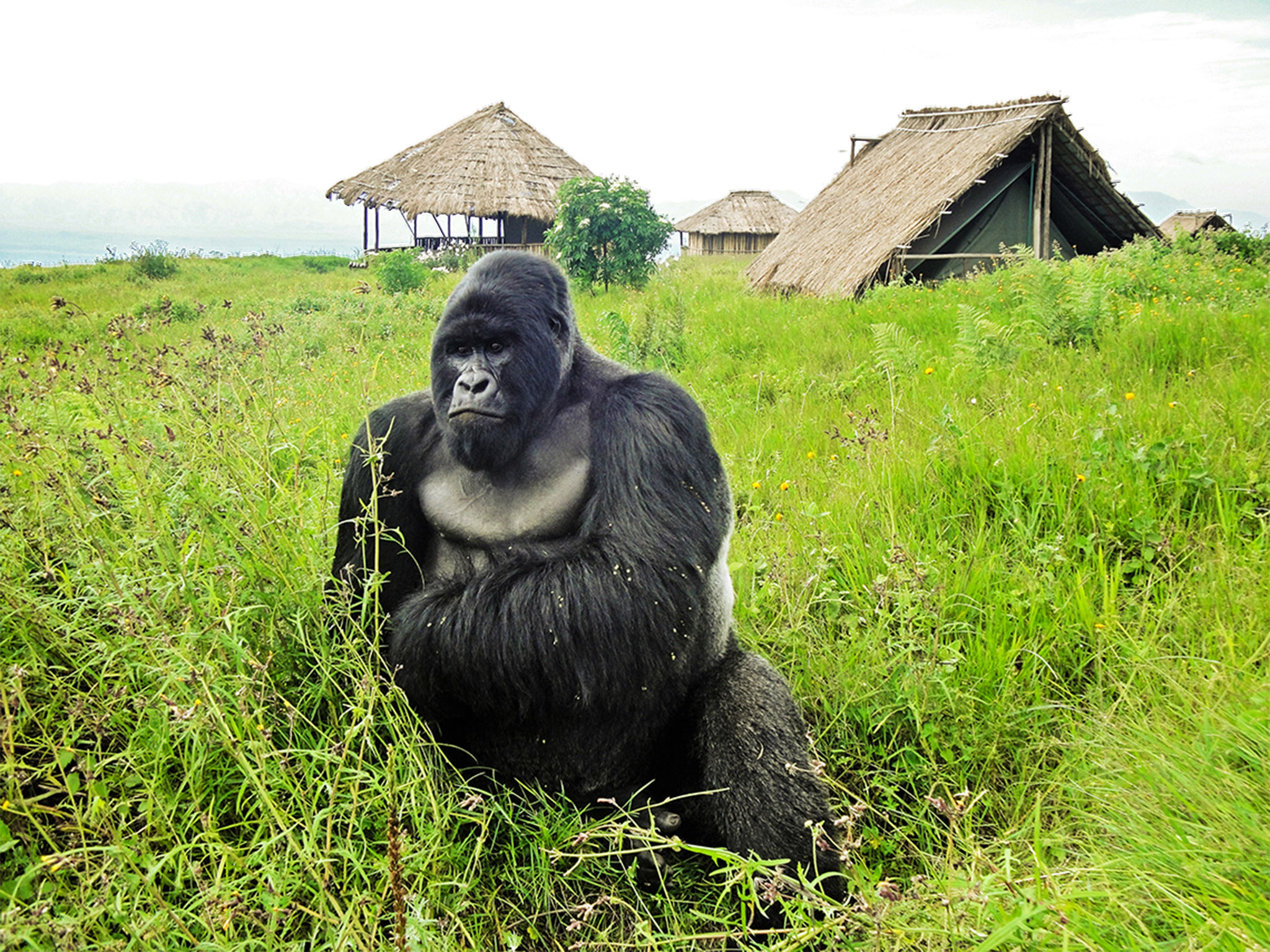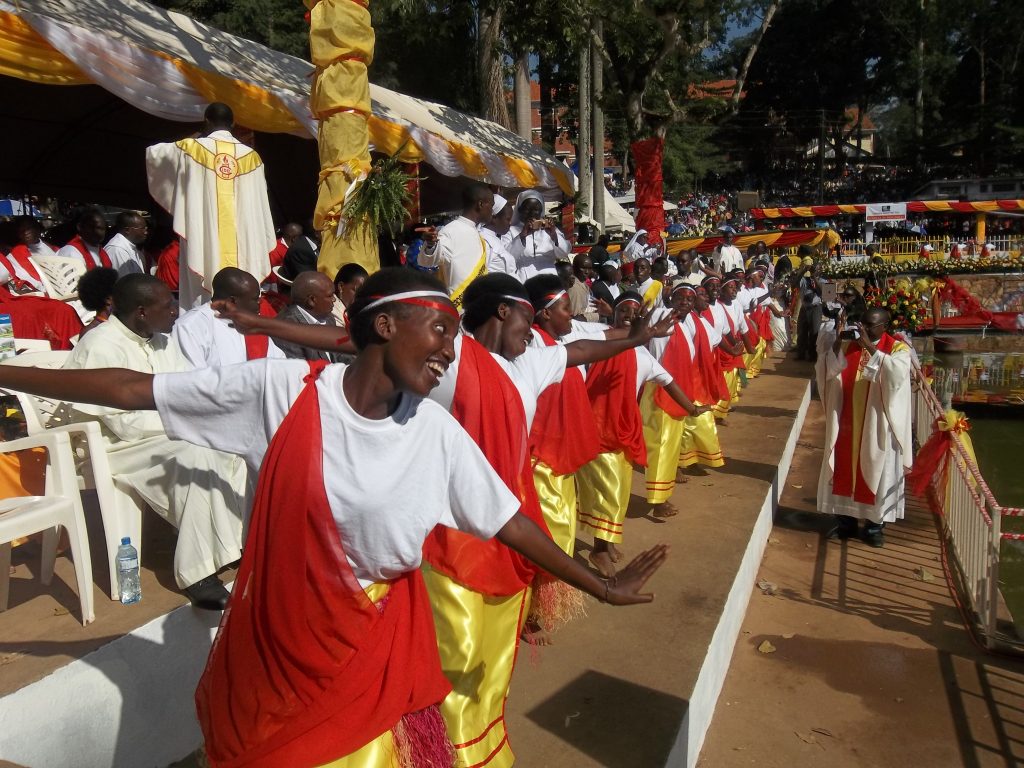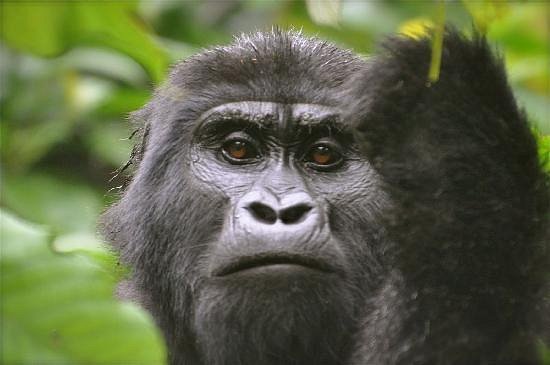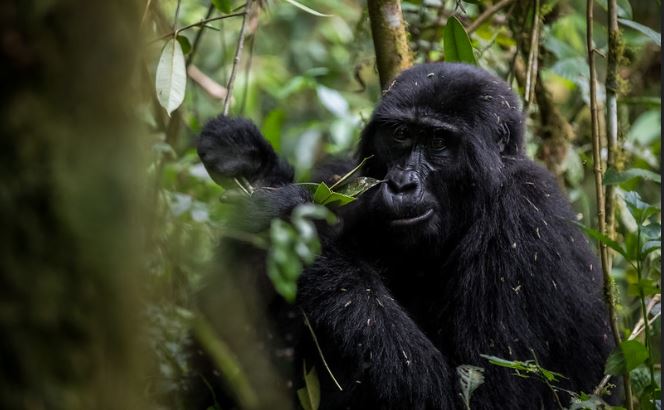Namugongo Martyrs Shrine Re-Opens its Gates to Pilgrims - Uganda Namugongo Martyrs shrine re-opens its…

Congo to Open Virunga, Salonga National Parks to Oil Drilling
While conservationists, nature lovers, environmentalists and the world at large still struggles to secure the lives of wildlife species, the Democratic Republic of Congo (DRC) on other hand has opted to open the Virunga and Salonga Conservation Areas to oil extraction a factor that poses severe risk to their survival in the wild in addition to unending poaching practices, insecurities, spread of human infectious diseases and habitat loss. Besides, not only will this impact on the wildlife species especially the critically endangered mountain gorillas and the bonobos but too much carbon dioxide will also be emitted into the atmosphere which will result into global warming. About a 5th of this national park’s area will be subjected into oil extraction and this may denote that over 20% of it will be affected thus altering its UNESCO status.
The Virunga National Park features among the 4 (four) only national parks in the world where the rare mountain gorillas live and offer you a chance to track them while on safari in Africa. The other three parks include Bwindi Impenetrable Forest National Park and Mgahinga National Park in southwestern Uganda, Volcanoes National Park in northwestern Rwanda. And a fact that today, there are fewer than 1004 mountain gorillas that still thrive in the world, subjecting their habitat into oil exploration may mean another most severe danger in their lives if strict environmental protection measures are not put in place. Mountain gorillas are not only unique tourist attractions in the world and a major source of foreign exchange in the respective countries where gorilla trekking is conducted but there survival has also enabled other rare wildlife species to thrive in the same habitat especially the striking golden monkeys. In the DR Congo, permits for this lifetime adventure costs $400 per person and this offers you opportunity to trek one of its eight habituated families especially Humba group that is closely located at Bukima sector and comprises of 16 members, Kabirizi group with about 34 individuals, Rugendo with 18 individuals, Munyaga that features seven members, Lulengo family with six members, Mapuwa group and others.
Besides mountain gorillas, Virunga National Park also boasts of other significant wildlife species such as chimpanzees, forest elephants, buffaloes, topis, warthogs which thrive around the Rwindi plains and okapi species along the Semuliki valley as well as over 700 bird species, 24 of which are only restricted to Virunga National Park. The notable bird species at this protected area include skimmers, Shelley’s crimson wing, handsome francolin, Stuhlmann’s double collared sunbird, shoebills, cormorants and others. It was gazetted in 1925 making it the oldest protected area in Africa and expands for about 78000 square kilometers. This UNECO World Heritage Site featured among the few unique destinations in the world for visitors on safari in Africa to trek mountain gorillas but unfortunately, it was closed till 2019 after the kidnap of the 2 British tourists of recent and murder of one ranger which brings a total 12 park rangers that have been killed in the previous 10 months. This spectacular protected area also inhabits the Nyiragongo Volcano-the world’s renowned powerful volcano. It is exceptionally the best for hikers and climbers on safari in Africa.
The Salonga National Park on other hand stretches for about 36000 square kilometers making it the second largest tropical rainforest in the world and inhabits mainly the dwarf chimpanzees, the Congo peacocks, African civet, black crested mangabey, Bongo, bonobos, forest elephants, bush bucks, hippos, yellow backed duikers, sitatunga, Angolan slender mongoose, giant pangolin, leopards, wolf monkey, red river hog, African golden cat, Allen’s swamp monkey, Congo clawless otter, dryas monkey, forest buffaloes and not to forget several bird species such as the yellow billed stork, palm nut vultures, grey parrot, cattle egrets, black stork and many others. This UNESCO World Heritage Site lies within the Congo River Basin and it is one of a few unique tourist sites where bonobos and elephants thrive together. About 15000 bonobos call this park their home representing about 40 percent of all those that live on earth today.
In conclusion, the Virunga and Salonga National Park offer refuge to rare and yet the most threatened wildlife species whose survival in the wild is highly at risk of extinction and hence need maximum protection. Launching oil drilling in their habitat however doesn’t only put them at a risk of extinction but also leads to global warming. Let us join hands together and conserve these critically endangered species and other wildlife species as well as their habitat.



